Today you’re going to hate me,” Tina Karakourtis is saying to the woman in the fitting room.
Karakourtis, whose nickname is the Bra Surgeon, has just put her customer in a bra two sizes smaller than the one she came in wearing. The bra feels uncomfortably snug now but will feel great in a few days as the fabric stretches and the woman gets used to her true size, Karakourtis explains, as she’s done thousands of times over the last three decades.
“I’m not trying to complain,” the woman, who appears to be in her late thirties or early forties, says apologetically. “I’ve just never had a bra that fit.”
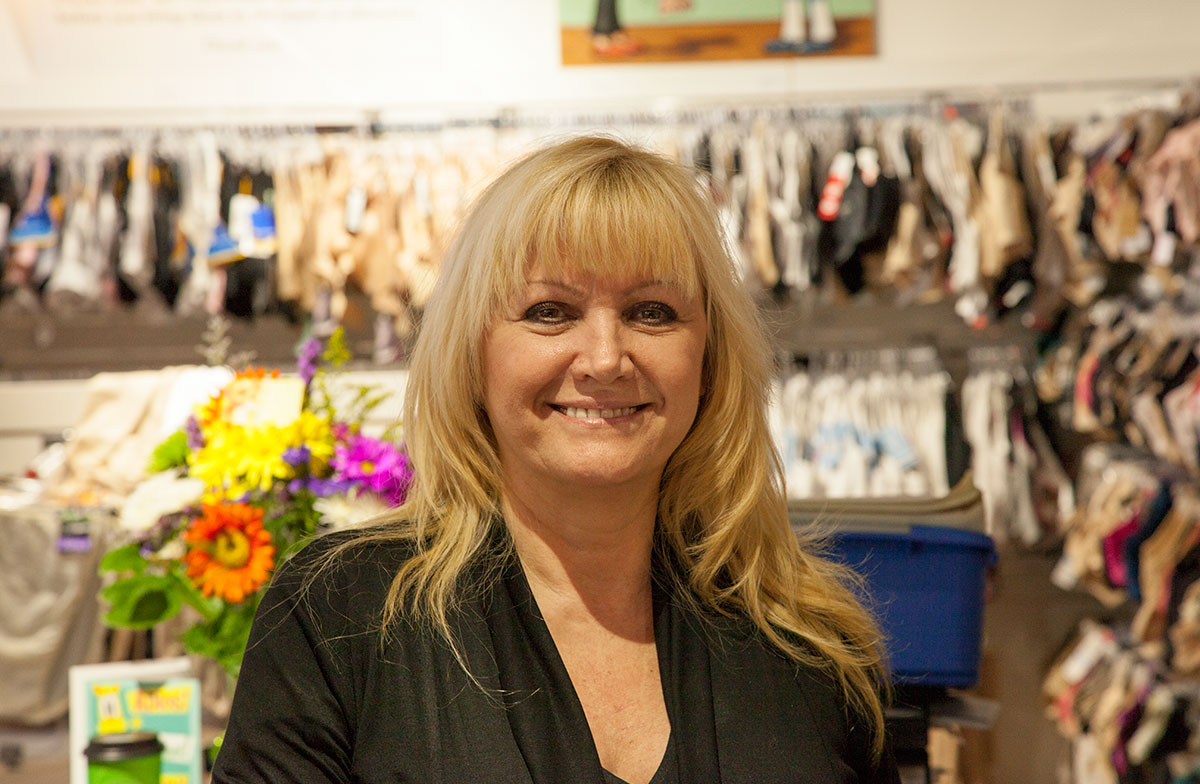
“No, you complain!” Karakourtis says. “It makes my mind work.”
Minutes later, the customer is convinced and Karakourtis is thrilled: “Look at how nice your boobs look! Oh, my God!”
More than a half-million women have stood in the curtained stalls at Tina’s Closet, the store Karakourtis opened in 1987, to unburden themselves. Sometimes they vent, sometimes they argue, and sometimes they gush with grateful relief. Mostly, they just look themselves over in the full-length mirror while Karakourtis delivers one of her signature lectures on how a bra should fit.
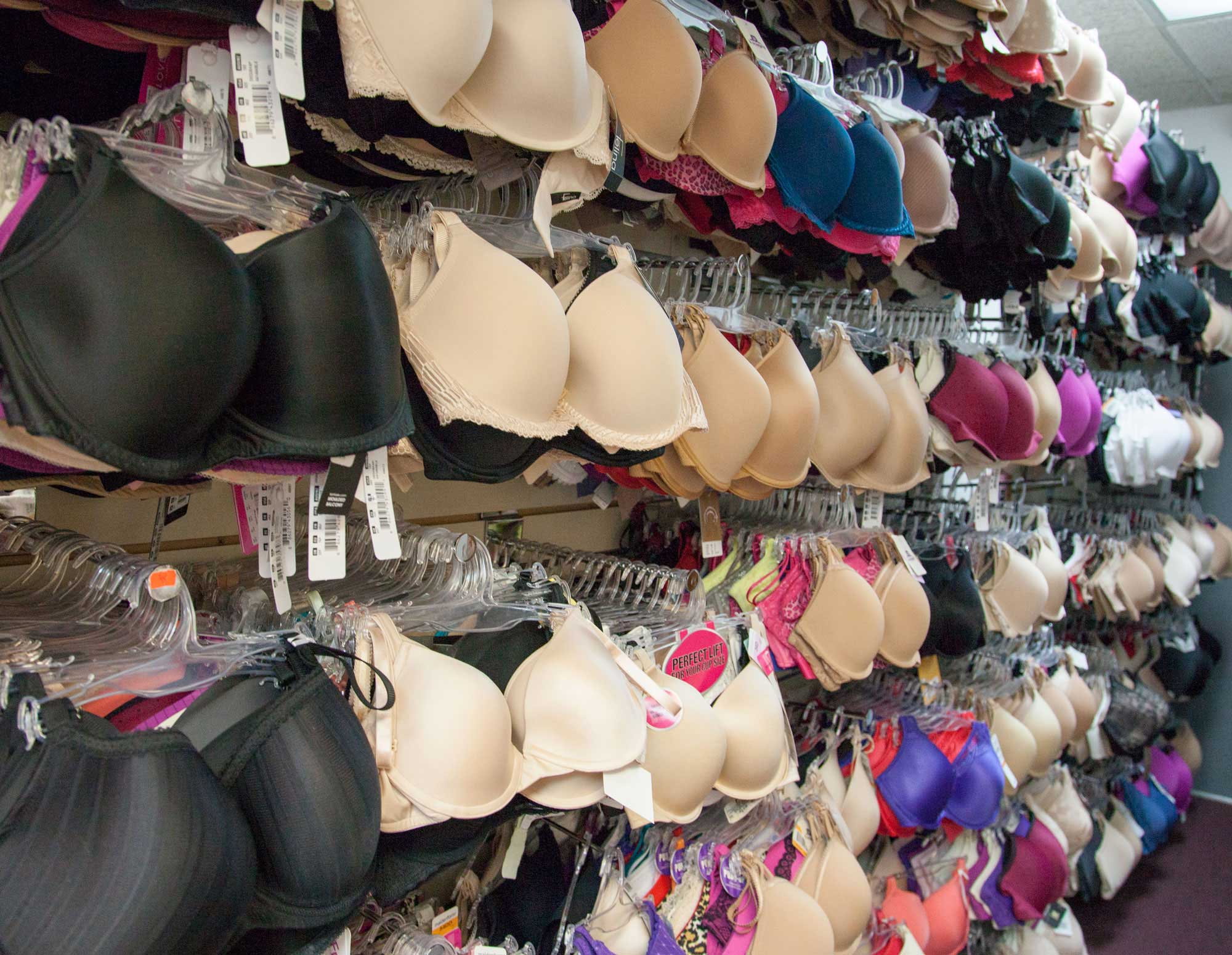
Tina’s Closet sits on a busy stretch of Main Street in downtown Lisle, Illinois, about 25 miles west of downtown Chicago. The store carries women’s clothing and swimwear, but its specialty is lingerie. It stocks more than 50,000 bras for a wide range of customers: teenage girls, nursing mothers, women going through menopause. They come in complaining of jabbing underwires, loose straps that fall off their shoulders, tight bands that dig into their backs, cups that pucker in weird places. Karakourtis calls these grievances “Bra Woes,” and she has devoted her career to fixing them.
For a piece of clothing that is 100 years old in its modern form and worn every day by women around the world, the bra remains frustratingly mysterious. Sizes aren’t standardized across manufacturers, and a comfortable fit eludes wearers whose breast size can vary with age, hormonal changes and weight fluctuations. This confusion creates a valuable niche for a specialty shop like Tina’s Closet, whose personalized fittings and custom alterations meet a need many department stores and online retailers can’t fulfill.
“We put on weight and our boobs explode,” says Karakourtis, a trim 60-year-old who zips around her store on white New Balance sneakers, often with a tape measure draped around her neck. “We start getting breast cancer, we start getting ovarian cancer and endometriosis and fibromyalgia and our hair starts falling out and our teeth start hurting and our bones hurt. There’s things that happen to the human body and it’s scientific. And the bra is scientific because it has to adjust to those changes. But women don’t realize that. And that’s the biggest problem, and that’s why 80 percent of women are still miserable in their bras.”
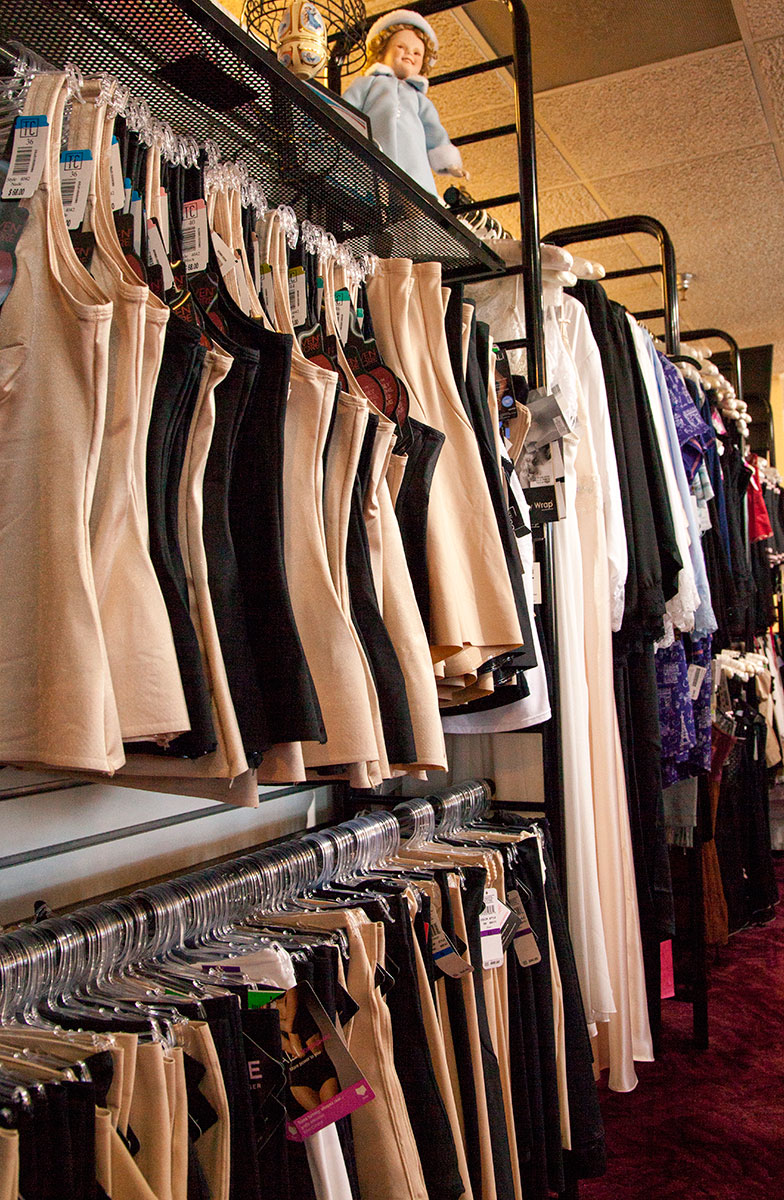
The 80-percent figure is an oft-repeated statistic in the undergarment industry, referring to the percentage of American women who are wearing the wrong bra size. The main problem, in Karakourtis’ view, is that few consumers are educated on the sizing system. The numbered band size is the circumference of the under-bust, while the cup letter represents the difference, in inches, between the band size and the circumference of the fullest part of the bust. But the system itself breaks down around the D cup, with some bra makers using DDD where others use E or F. There’s also the psychological factor of women balking at being told they’re actually a D cup when they’ve always worn a B, or vice versa. The result is women wearing ill-fitting bras that give them back pain, chest pain, saggy bosoms and other ailments.
“If your bra is telling you you’re miserable, you have to go change,” Karakourtis says. “You just don’t keep buying the bra over and over. That’s just plain not taking care of yourself. And I don’t know why women feel they’re not worthy, that they don’t deserve to feel comfortable each and every time.”
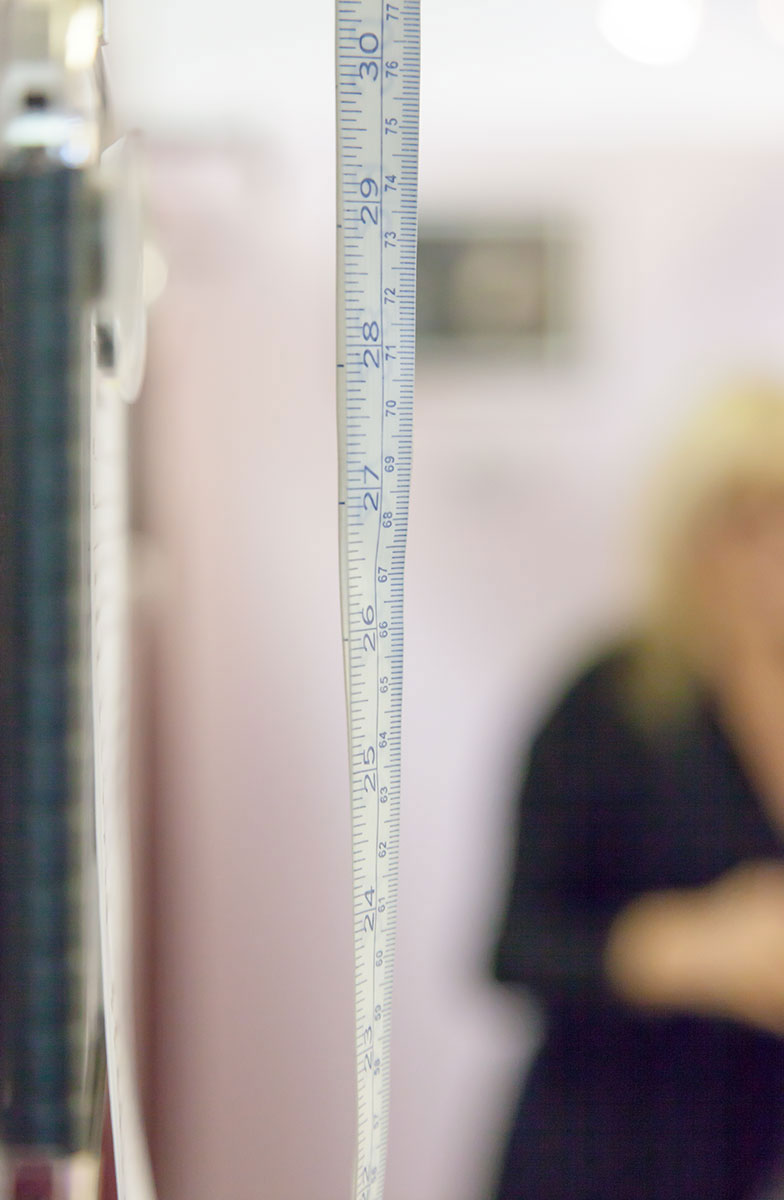
Karakourtis is so intent on teaching women about bras that a visit to the store can become a full-fledged seminar on foundation garments. She’s posted a two-page document in every fitting room with pictures explaining how the bra’s band should sit beneath the latissimus dorsi muscle, lower than most women wear it.
She is unyielding in her beliefs about proper bra fit and care, and she’s just as firm about store policies. The store takes walk-ins only — no appointments — and does not allow refunds, returns or exchanges. Bra fittings cost $25, but the fee is waived with a purchase. Karakourtis can sometimes come off as brusque, but after 27 years in the business, she would rather lose a sale than give into a customer who rejects what she calls her brascription.
“I have a lot of women that come in that challenge me too: ‘Oh, that’s too tight, I’m not going to wear it this way,’” she says. “Then I’m going to say: ‘I’m not the fitter you need.’ I don’t want to sell you something that you’re going to be miserable with, and then (you) badmouth me. It doesn’t work that way. I have refused to sell bras because to me, I know God gave me a special gift.”
Laying the Foundation
Karakourtis learned how to fit bras at Dan Howard’s, a now-shuttered chain of maternity clothing stores, where she worked for 12 years while also managing the night shift at a local diner called Mother’s Day. Her education as a Bra Surgeon began when she noticed that a lot of expectant mothers were coming in complaining of sore breasts, a problem she’d experienced during her own pregnancies. Karakourtis called Dan Howard’s maternity and nursing bra supplier, Leading Lady, and asked the woman who answered the phone how to take bust measurements. She soon realized that the right foundation garments helped sell more clothing, since shirts and dresses looked better with good support. She also took bras home and learned how the garments were constructed by altering them on her sewing machine.
When Dan Howard’s co-founder died and new management took over, Karakourtis’ then-boyfriend and now husband, John, encouraged her to start her own bra-fitting business. She already had a list of more than 200 potential customers—maternity store shoppers who had given her their names and phone numbers in case she ever struck out on her own. She also had financial support from John’s father and the owners of Mother’s Day, who co-signed business loans for her.
But you know what? This was a process. No one taught this to me. I’m a problem solver.
Tina’s Closet opened in 1987 in about 750 square feet. When Karakourtis began stocking her store, she was disappointed in the range of sizes offered by manufacturers. Most companies made bras in B and C cups and band sizes between 34 and 40. She wanted bras in G and H cups and bands from 28 to 54, so she made them herself by altering (or, as she calls it, bragineering) off-the-shelf bras. Today, manufacturers produce a much larger variety of sizes and styles. Still, Victoria’s Secret — which sold more than $5 billion in intimate apparel and beauty products across its roughly 1,000 U.S. stores last year — only carries band sizes from 30 to 40, and its largest cup size is DDD.
Even with her expansive inventory and encyclopedic knowledge of manufacturers’ sizing quirks, Karakourtis ends up doing custom tweaks for about half her clientele.
“But you know what? This was a process,” she says. “No one taught this to me. I’m a problem solver.”
Karakourtis believes in passing her knowledge to the next generation, but she also likes to be in control of her store and image. While she’s expanded Tina’s Closet twice within the same building on Main Street and plans to start selling some of her most popular bras online, she’s been cautious about opening additional locations and grooming a successor.
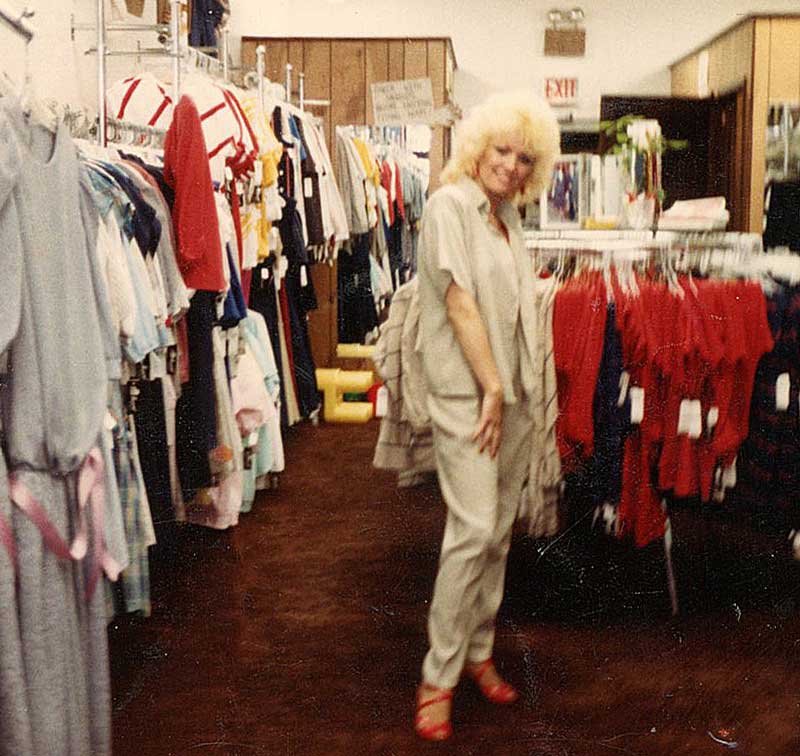
Retirement is still far off for Karakourtis, who figures she can work another 20 years at her current pace. She does 150 squats every morning and, until she broke a rib tripping over a bag left unattended on the shop floor, swam regularly at a hotel pool near her house. During the winter, when a burst water pipe caused flooding in part of the store, she ripped up the soggy carpet herself while waiting for the repairmen to arrive. She credits her work ethic to her parents, Polish immigrants who survived internment in German labor camps during World War II and later raised six children in the Chicago suburb of Cicero. Karakourtis’ father cut hair and sold Florsheim shoes from the house, while her mother took on small sewing and washing jobs for extra money.
When retirement does come, Karakourtis might hand off Tina’s Closet to a trusted protégée, but she’s not making any guarantees.
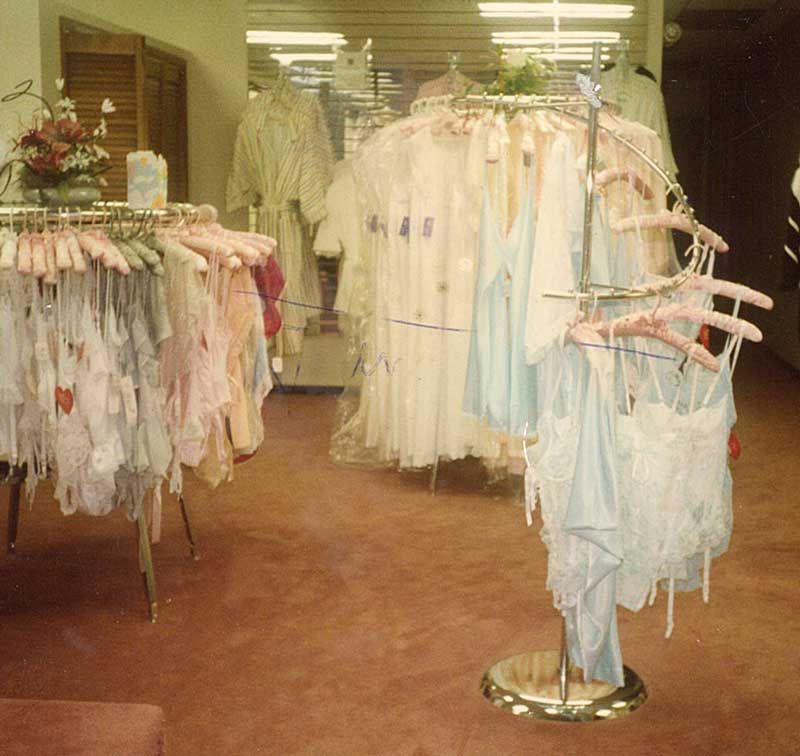
“If anyone were to buy my business, I can teach them how to do it right and I’m willing to do that,” Karakourtis says. “I’m not willing to just turn over the keys because that wouldn’t be right for my customers. I’m not giving them a customer list (if) they’re not going to provide the service that I expect. So they have to stand up to me before they buy the business, otherwise it will close. See, that’s how tough I am.”
An Unwavering Hand
Karakourtis is always at the store during business hours: bouncing between the 12 fitting rooms, directing employees, tidying the racks. Besides bras, Tina’s Closet sells the kind of things she likes to wear — loose tunics and leggings — plus other merchandise like jewelry, tiny bottles of essential oil, and tchotchkes she finds on weekend antique-hunting trips with her husband. Beanie Babies are displayed strategically by the cash register for women who might want to reward their children for good behavior during the shopping trip.
Karakourtis has trained some of her employees to do fittings and hired a seamstress for alterations, but she measures most customers herself and still sews at home. On one afternoon, she fits a new mother for nursing bras as the baby dozes in his carseat. Another customer has gained a few pounds since her last visit; Karakourtis sells her a four-hook extender for her current bra to make it last longer. A mother and daughter drop by and explain they live out of state, so she alters their purchases on the store sewing machine while they have coffee at the bakery across the street. She keeps meticulous notes on customers’ sizes and preferences, a habit she started early in her career.
Computers are machines. You know how many machines I’ve gone through, where they’ve failed on me? My hand doesn’t fail.
“Oh my God, I triplicate everything,” she says. “Computers are machines. You know how many machines I’ve gone through, where they’ve failed on me? My hand doesn’t fail.”
Years after adopting a computerized point-of-sale system, she still records customer information in spiral-bound notebooks. Shoppers get a free bra after their tenth purchase and earn $5 credits for sending others to the store. Karakourtis relies on these referrals — friend to friend, aunt to niece, maternity nurse to new mother — instead of advertising.
“Word of mouth is the confidence that my customers put in what I do because they want me to stay in business,” she says. “If you love a place, you want to share it with your friends—and that’s why I’m in business, and that’s why I expanded.”
A few years ago, a woman walked into Tina’s Closet in need of a well-fitting bra. Karakourtis thought the customer was pregnant. In fact, the woman had a bust that sagged down to her waist, covering her midsection and giving her a rash where the skin chafed. After measuring the customer, Karakourtis split the seams of the largest bra she had and added extra fabric to the cups.
On the wall by the fitting rooms is a column of three photos that show the woman from her neck to her hips, wearing a black shirt. The top two shots are “before” photos and the bottom photo is an “after” side view of the woman in her new custom bra. Her breasts are lifted and supported, revealing a trim waist.
“I made this bra into a 36Q cup,” says Karakourtis, seemingly marveling at her handiwork all over again. “She’s the first and only…That’s why I have it up there, because I can’t get over it. I can’t get over that I did that.”

